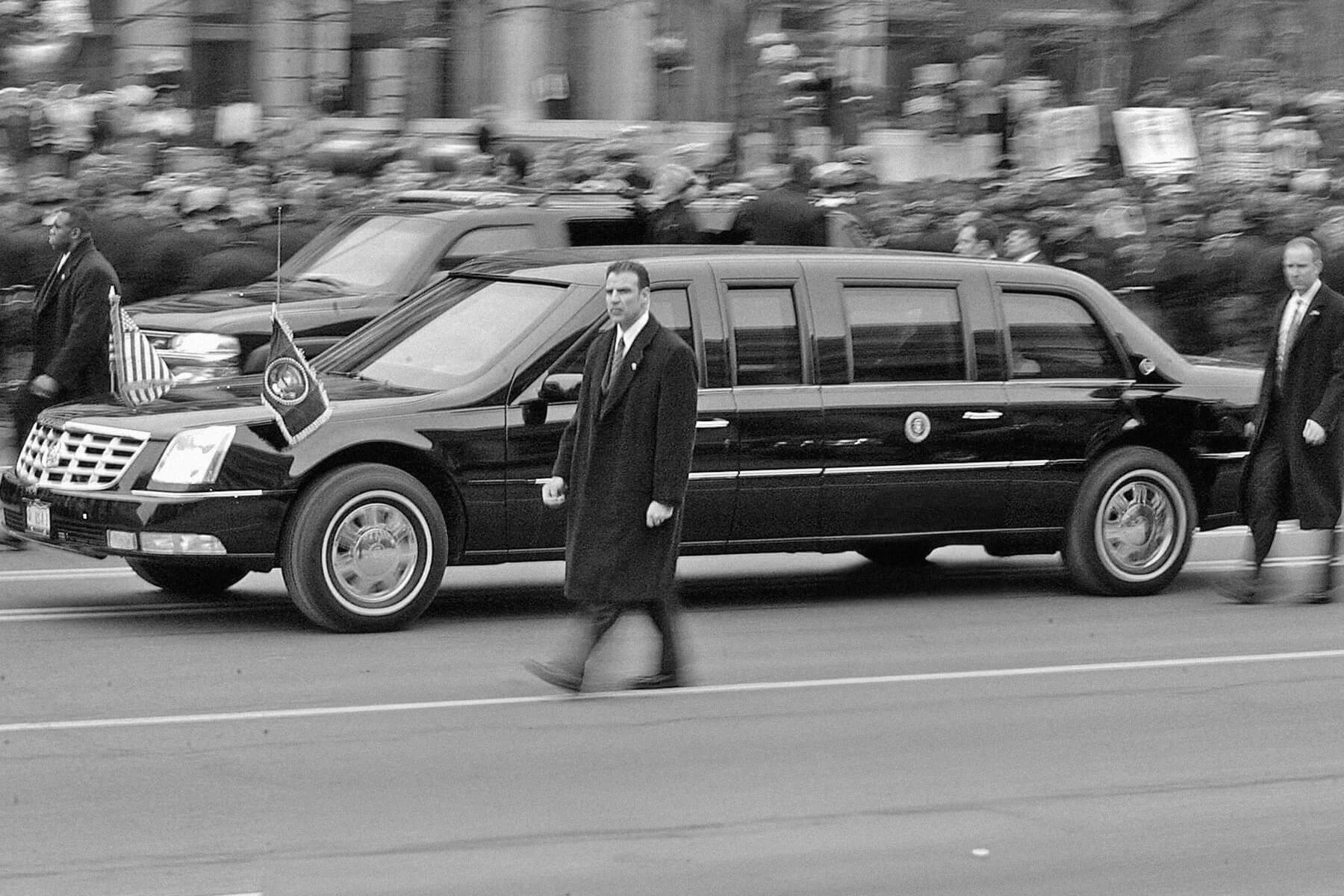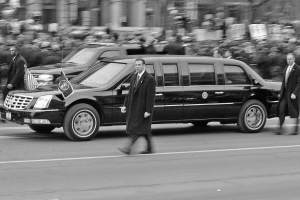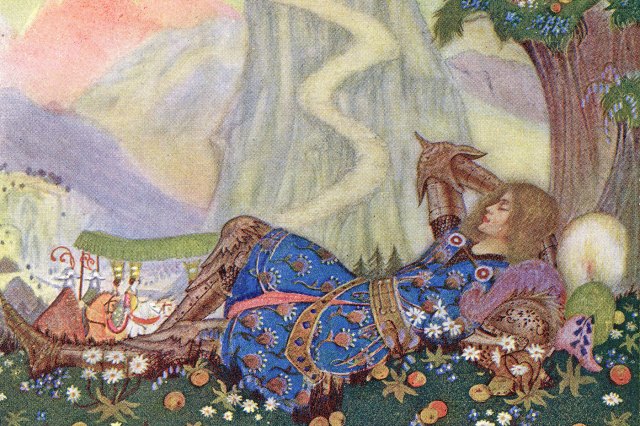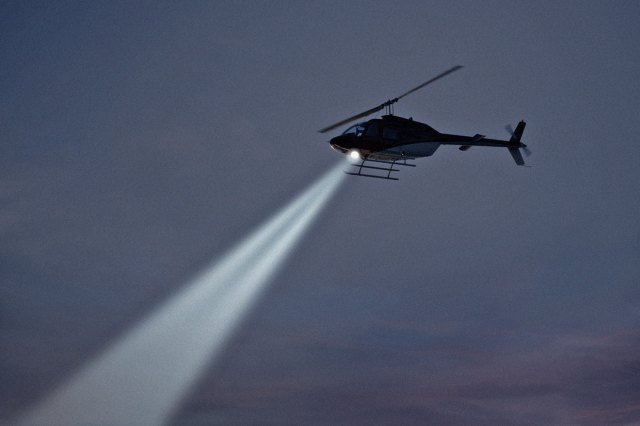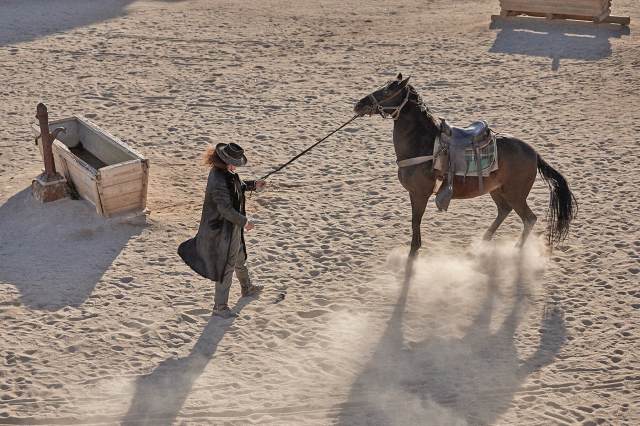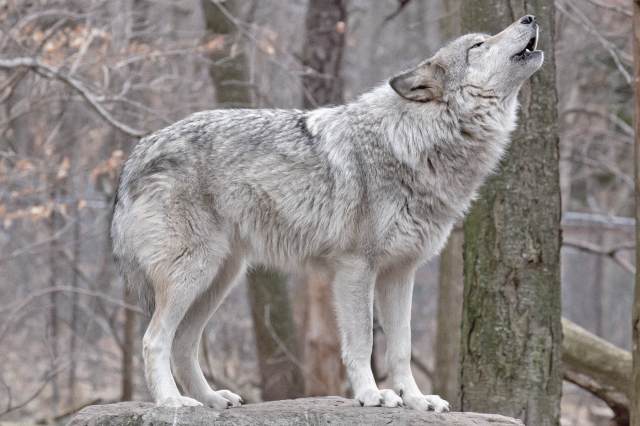The Secret Service Code Names of 9 U.S. Presidents
Ever since Harry S. Truman’s presidential terms, from 1945 until 1953, presidents have been given descriptive code names used by the Secret Service to provide an added layer of anonymity when discussing the movements of the commander in chief. The process of selecting these code names is somewhat shrouded in mystery. Sometimes, the White House Communications Agency (WHCA) comes up with a list of words starting with the same letter, and the president chooses something from the list that resonates with them. Other times, the Secret Service simply assigns one of the WHCA-supplied names to the president.
But how does the WHCA come up with the list to begin with? The agency is tight-lipped about its exact process, but a spokesperson once said the words are usually determined by “sheer whim.” While the code names often reflect something unique about the leader — whether it’s a nod to their personality, principles, or background — other times, the inspiration isn’t entirely clear.
Presidential code names started as an added security measure at a time when it was easier to intercept electronic communications. Yet despite modern advancements in technology, the tradition has endured, and these nicknames have become not-so-secret pieces of presidential lore along the way. Here are some of the U.S. presidents’ Secret Service code names, and the suspected meaning behind them.
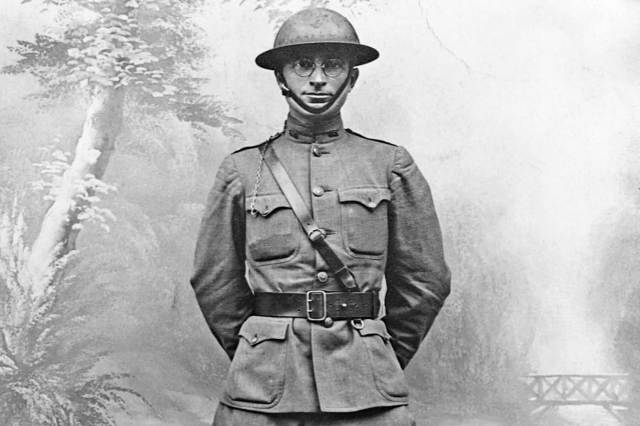
Harry S. Truman: “General”
Harry S. Truman was the first U.S. president with a documented Secret Service code name. “General,” though not a military title he ever held, reflects his leadership as a field artillery captain during World War II — as well as his critical, though controversial, decisiveness as president.





